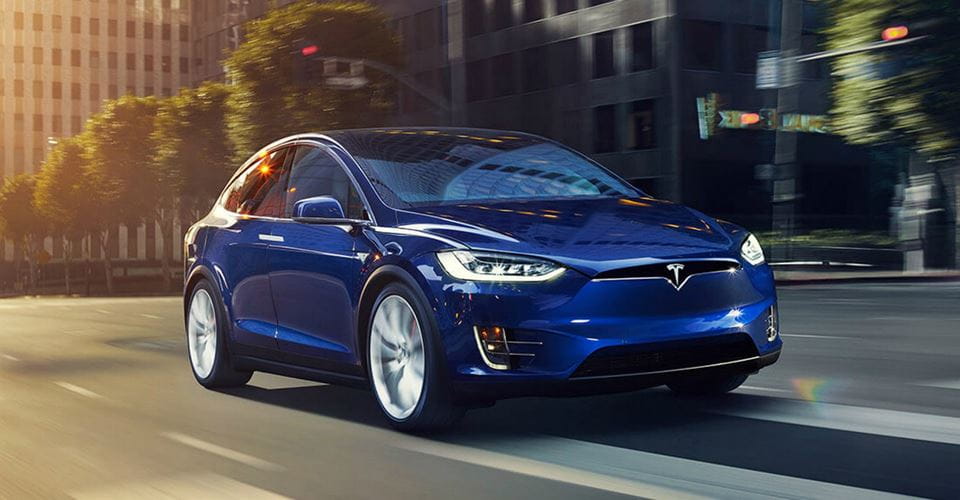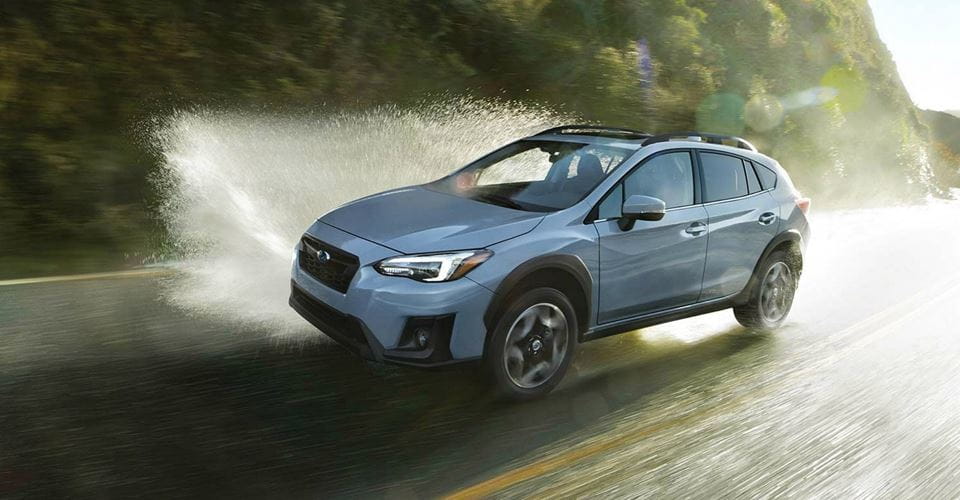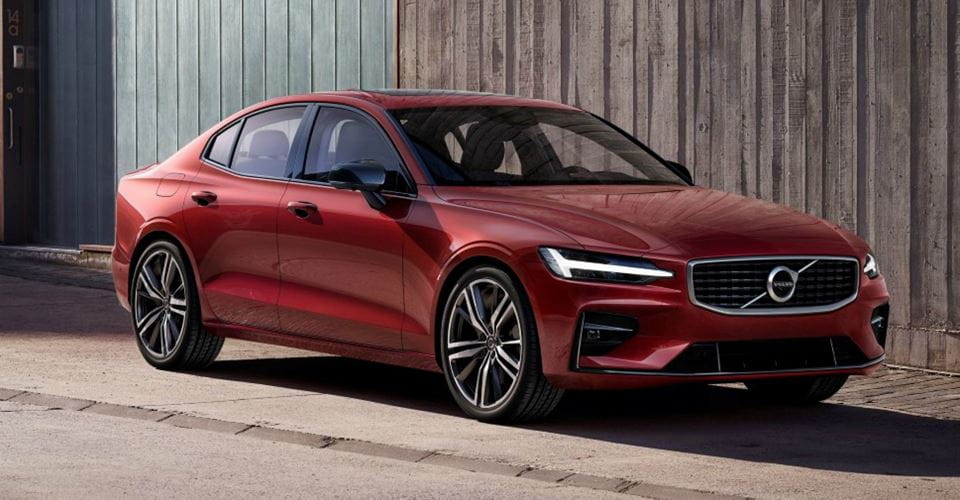What are the safest hybrid and electric cars?
Safety and reliability have always been a top priority when it comes to hybrid and electric vehicles. But which models come out on top? Assessment factors can differ between independent and government organisations, but evaluations by the European New Car Assessment Programme (Euro NCAP) and the National Highway Traffic Safety Administration (NHTSA) are reliably objective.
Both use a 5-star safety rating program to evaluate how well vehicles protect adults and children in frontal, side and rollover crash tests. They also assess how well cars respond to pedestrians and other vehicles on the road.
With these factors in mind, here are some of the safest, 5-star earning hybrids and EVs on the road.

2019 Tesla Model X
One of the most impressive vehicles ever made, the Tesla Model X was the first car to receive a perfect 5-star safety rating from the NHTSA, and recently earned the same from the Euro NCAP. Not only does its floor-located heavy battery pack increase stability and reduce the probability of rolling over, but the car also comes loaded with a lot of advanced, driver assist technology. With a rearview camera, automatic emergency braking, and a bunch of warning tech installed standard, you’re sure to keep your friends and family safe while doing your part to protect the environment.
Lease in Business Lease from € 1.196 per month VAT excl.

Subaru XV Crosstrek (2019)
Overall, the 5-star earning Subaru XV Crosstrek is a spunky little trooper that comes with star-qualifying features like automatic emergency braking, adaptive cruise control, and Subaru’s EyeSight safety system, which monitors traffic movement, optimises cruise control and warns you if you sway outside your lane. A cool combo for driving smart, and safe.
Lease in Business Lease from € 469 per month VAT excl.

Volvo S60 (2019)
The crash-test scores for the 2019 Volvo S60 haven’t yet been published by NHTSA, but Euro NCAP already gave this Swedish sedan five stars. And why wouldn’t they? With automatic emergency braking, active lane control standard, and huge windows that make it easy to see what’s around you, the Volvo EV continues to earn its reputation as one of the safest cars available.
Lease in Business Lease from € 818 per month VAT excl.


